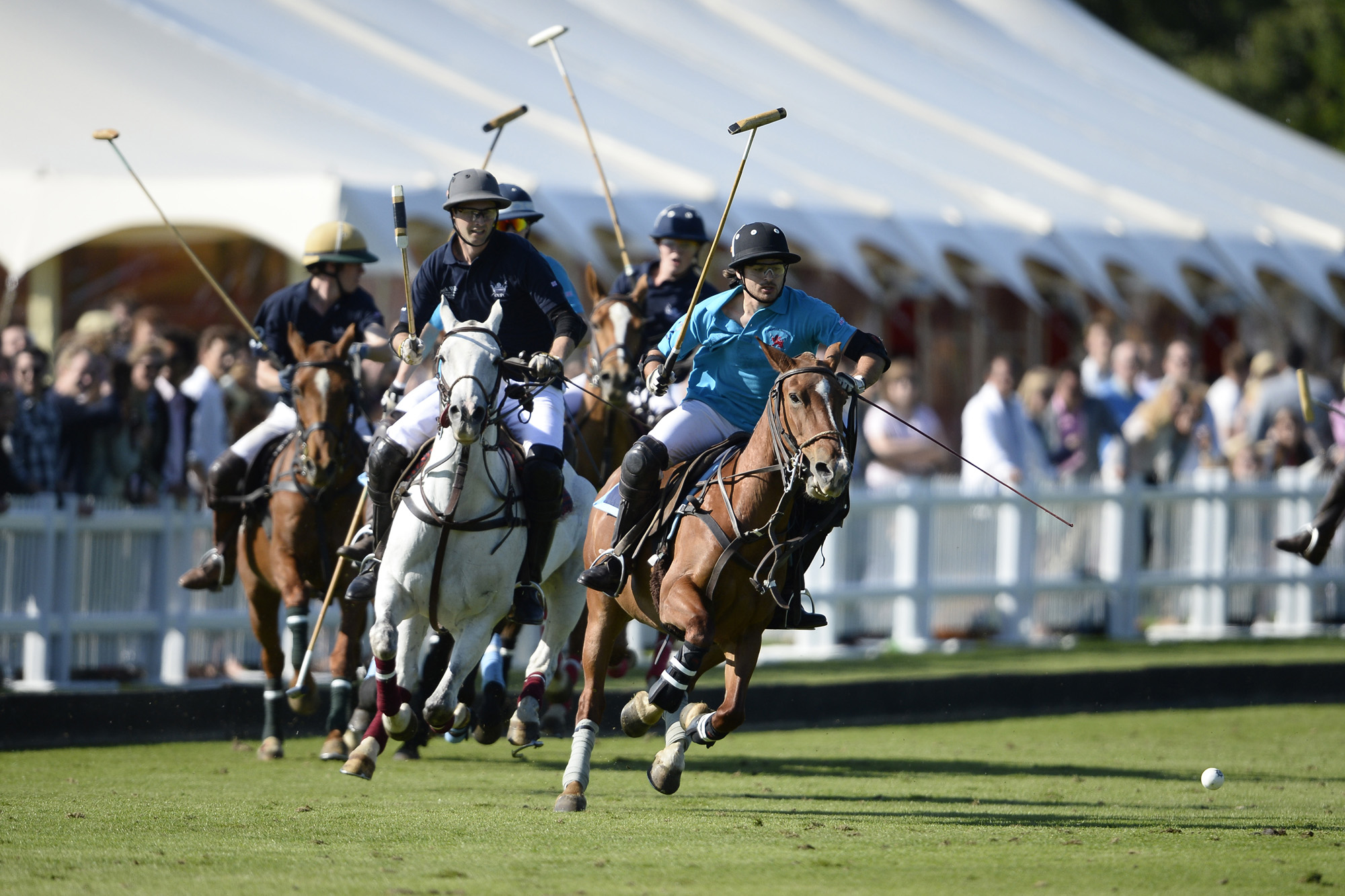How to play polo
- Introduction to Polo
- Understanding Polo Rules: Part 1
- Understanding Polo Rules: Part 2
Tactics & Strategy in Polo
Positioning and Playmaking in Polo

Equestrian team sport.
Polo is a dynamic and fast-paced sport that requires a deep understanding of positioning and playmaking. This article will delve into the importance of positioning in polo, how to effectively position yourself and your horse during the game, the role of each player in playmaking, and strategies for effective playmaking.
Importance of Positioning in Polo
Positioning in polo is crucial. The game's fast pace and the size of the field mean that being in the right place at the right time can make the difference between scoring a goal and missing an opportunity. Good positioning allows players to make effective plays, defend against the opposing team, and set up scoring opportunities.
Effective Positioning
Effective positioning in polo involves both the player and their horse. Players must be aware of their position relative to the ball, their teammates, and their opponents. They must also consider the direction of play and the location of the goal.
The horse's positioning is equally important. A well-trained polo horse will automatically position itself parallel to the ball, allowing the player to make a clean hit. The player must also guide the horse to ensure they are in the best position to make a play or defend against an opponent.
Role of Each Player in Playmaking
In polo, each player has a specific role and position:
-
Position 1: This player is primarily an offensive player, responsible for scoring goals. They must position themselves to receive passes from their teammates and make plays towards the goal.
-
Position 2: This player is also an offensive player but plays a more aggressive role. They must position themselves to disrupt the opposing team's plays and create scoring opportunities.
-
Position 3: This player is the tactical leader and main playmaker. They must position themselves in the center of the action, directing play and making strategic passes.
-
Position 4: This player is primarily a defensive player, responsible for preventing the opposing team from scoring. They must position themselves between the opposing team and their own goal.
Strategies for Effective Playmaking
Effective playmaking in polo involves a combination of strategic positioning, communication with teammates, and anticipation of the opponent's moves. Here are some strategies:
-
Stay Aware of Your Surroundings: Always be aware of where the ball is, where your teammates and opponents are, and where you are in relation to the goal.
-
Communicate with Your Teammates: Good communication is key to effective playmaking. Let your teammates know where you are, where you're going, and what you plan to do.
-
Anticipate Your Opponent's Moves: Try to predict what your opponents will do and position yourself to counter their moves.
-
Use the Entire Field: Don't limit yourself to one area of the field. Use the entire field to create plays, open up space, and confuse your opponents.
In conclusion, understanding and mastering positioning and playmaking are crucial to becoming a successful polo player. It requires practice, good communication, and a deep understanding of the game's dynamics.